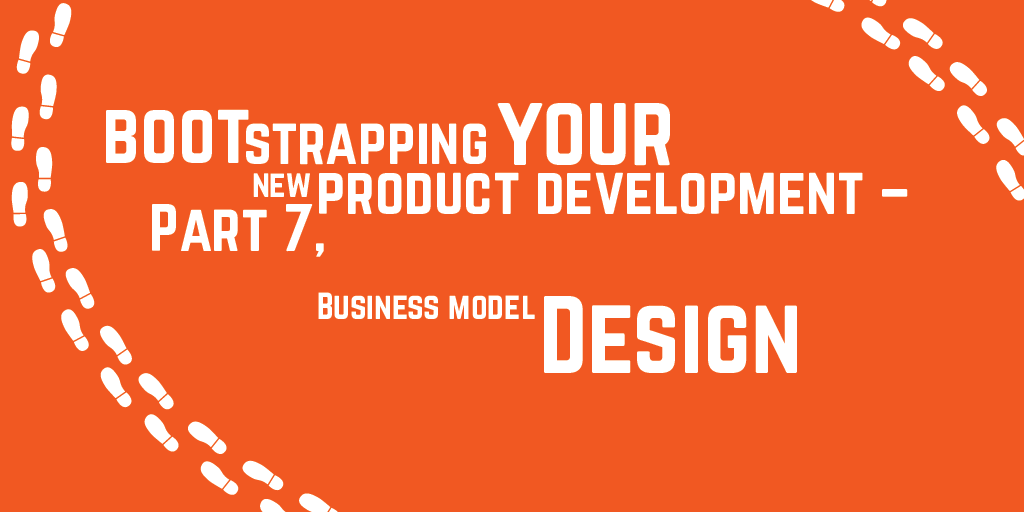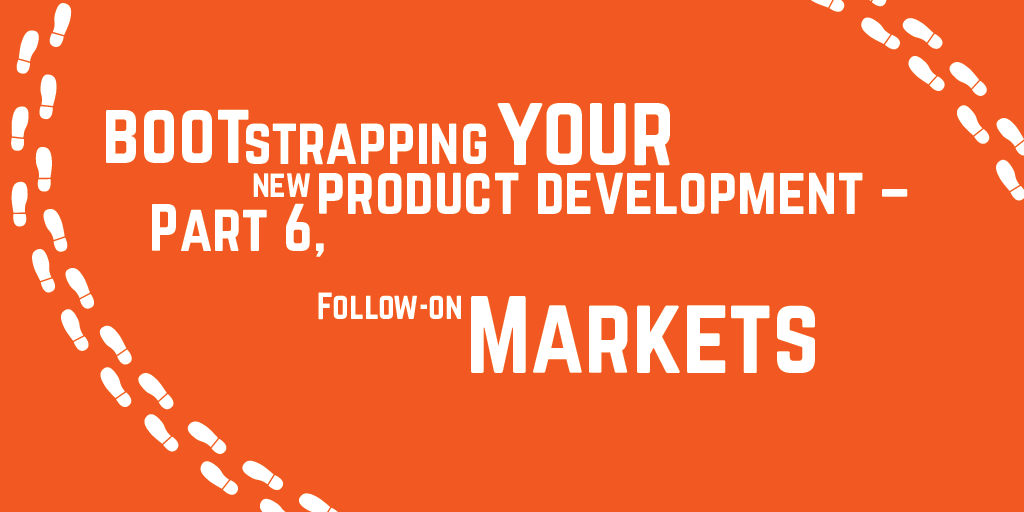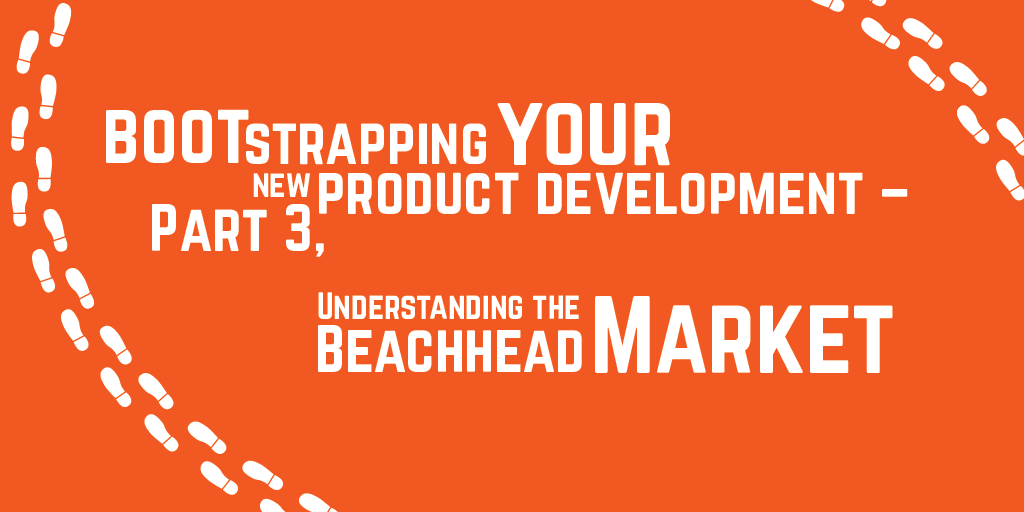Step-by-step guide to bootstrapping your new product development – Part 5, Getting to paying customers
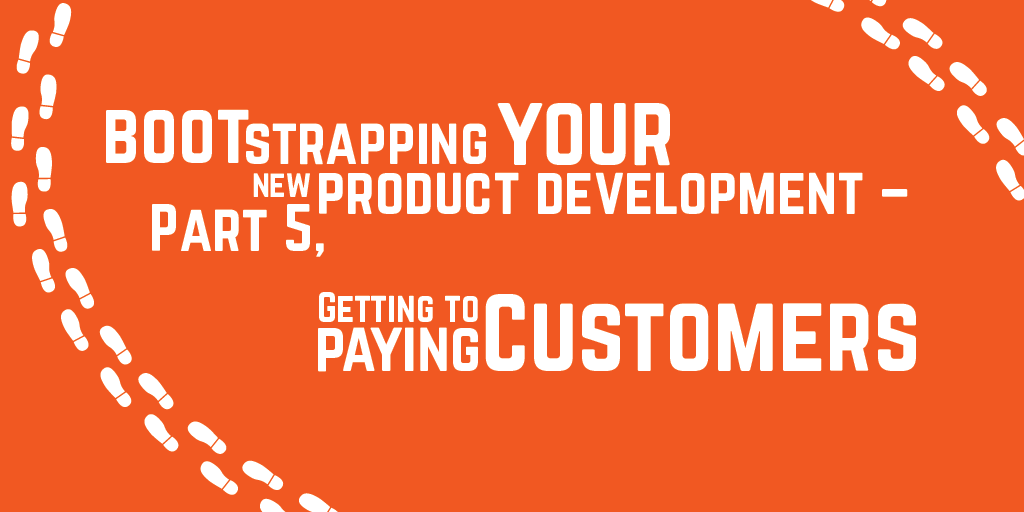
Endjin spend a lot of time working with start ups and businesses who are pivoting into new product areas. They are usually operating under fierce resource constraints, and this has an impact on the way in which they can approach their development program.
We've evolved a principles-based approach to the new product development process which can be applied to a wide variety of businesses. It's based on the MIT disciplined entrepreneurship approach, incorporating great tools like the Value Proposition Canvas and the Business Model Canvas.
In this series, we're going to look at an example of a "lean" new product development process, applying these principles, and looking at some of the caveats.
There are 10 parts in the series, of which this is part 5.
1) Principles
2) Inception
3) Understanding the Beachhead Market
5) Getting to paying customers
8) Validation
9) Iteration
10) Organizational structures to support this model
Part 5: Getting to paying customers

Ultimately (however long you can put it off for by taking investment), you don't have a business if people aren't paying you more money than it costs to develop, acquire the customer, deliver it to them, and support them for their whole lifetime with the product.
Before we even think about what revenue model(s) we're going to adopt, or the pricing strategy, we need to understand how our customers make purchases. If you think "well - they just click the button in the app store and drop their $1.49" - then you've forgotten about the whole customer lifecycle we sketched out earlier. How did they become aware of you? What processes were involved in their buying decision? Who influenced the purchasing decision? Even for an app that's complex - and very different for different types of app targeting different audiences.
You also need to consider the initial purchase, and any follow-on purchases they might make, or any companion/partner purchases they want/need to make at the same time. (App builders don't get rich off the fraction of the $1.49 they make from the initial app store purchase.)
18) Define the customer's decision making unit (0.5 – 1 day)
We're going to look back at our whole customer lifecycle and build a sketch of their Decision Making Unit (DMU).
First, we look at the sketch personae we did for the participants in the buying process as one or more of
- Budget holder
- Influencer
- Customer
- Veto
We then add any key information about those participants. You might like to include things like
- Role
- Size of budget
- Sentiment (strongly positive, positive, neutral, negative, strongly negative)
- Motivations & Drivers
- Needs
- Influencers
A good way to capture this is on a Decision Making Unit Canvas. Here's an example:
Influencers
Budget holder
Veto
Role
Department head
Budget
£10k discretionary
Sentiment
++
Drivers
P&L
Needs
Visibility, Budgetary Justification, Risk
Influencers
CEO, CMO, Social Media
Role
IT Director
Budget
£150k for this deliverable
Sentiment
0
Drivers
Risk, TCO
Needs
Justification, needs analysis, solution fit
Influencers
CEO, CTO, Trade Press, Conferences, Social Media
Role
Purchasing manager
Budget
N/A
Sentiment
-
Drivers
Process
Needs
Approved supplier status, cost/value justification
Influencers
CEO
Customer
Role
Senior developer
Budget
N/A
Sentiment
+
Drivers
Tech geek, productivity, community influence
Needs
Integrates with existing tooling, supports roadmap
Influencers
Social media, IT Director, Team members
Role
Project owner
Budget
N/A
Sentiment
0
Drivers
Project roadmap, delivery
Needs
Reliable product, acceptable to team and peers. Simple to justify to influencers and veto.
Influencers
Senior developer, other project owners, head of department, IT Director
This gives us a clearer idea of the people involved in the process. Remember that you can use all the usual techniques of interviews, focus groups and online quizzes / surveys to flesh out any serious assumptions and uncertainty in the process - but don't go overboard. Get to a level of detail and confidence you are happy with and move on.
No go metrics
There is a mix of objective and subjective metrics you could use at this stage, such as:
- Key participants in the DMU have overall negative sentiment towards our offering
- DMU is inaccessible to our team (e.g. couldn't establish contact with key decision makers while trying to map the DMU)
19) Define the customer acquisition process (0.5 – 2 day)
Next, we're going to build on the full life cycle use case and fill in some detail around the whole customer acquisition process, from first awareness through to purchasing.
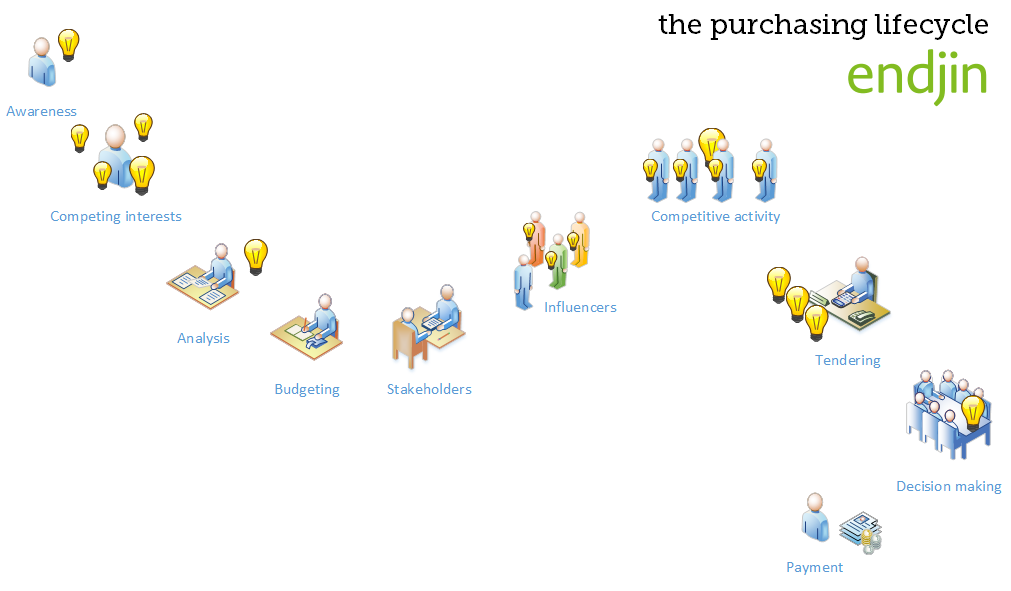
The additional detail we're going to look for will include:
- An estimate of the length of each step in the lifecycle
- Any hidden obstacles (e.g. budget cycle, regulatory & compliance) that will impact on the timeline
- An estimate of the resources needed during the sales cycle e.g.
- press & PR
- technical specialists
- deployment specialists
- business development
- sales
- consultants
- legal
- operations
We can then use that to estimate the total length of the sales cycle.
No go metrics
The length of the sales cycle or the resources required are not sustainable at our current project budget.
So, we've sketched out our sales engagement process for our target customer, and now have a pretty strong understanding of the characteristics of our beachhead market; but we still don't know how we are going to charge them for our product, or how much; we'll be investigating that in Part 7.
First, though, we're going to take a brief detour and look at Follow on Markets in Part 6 of the series.
Read more in the series

